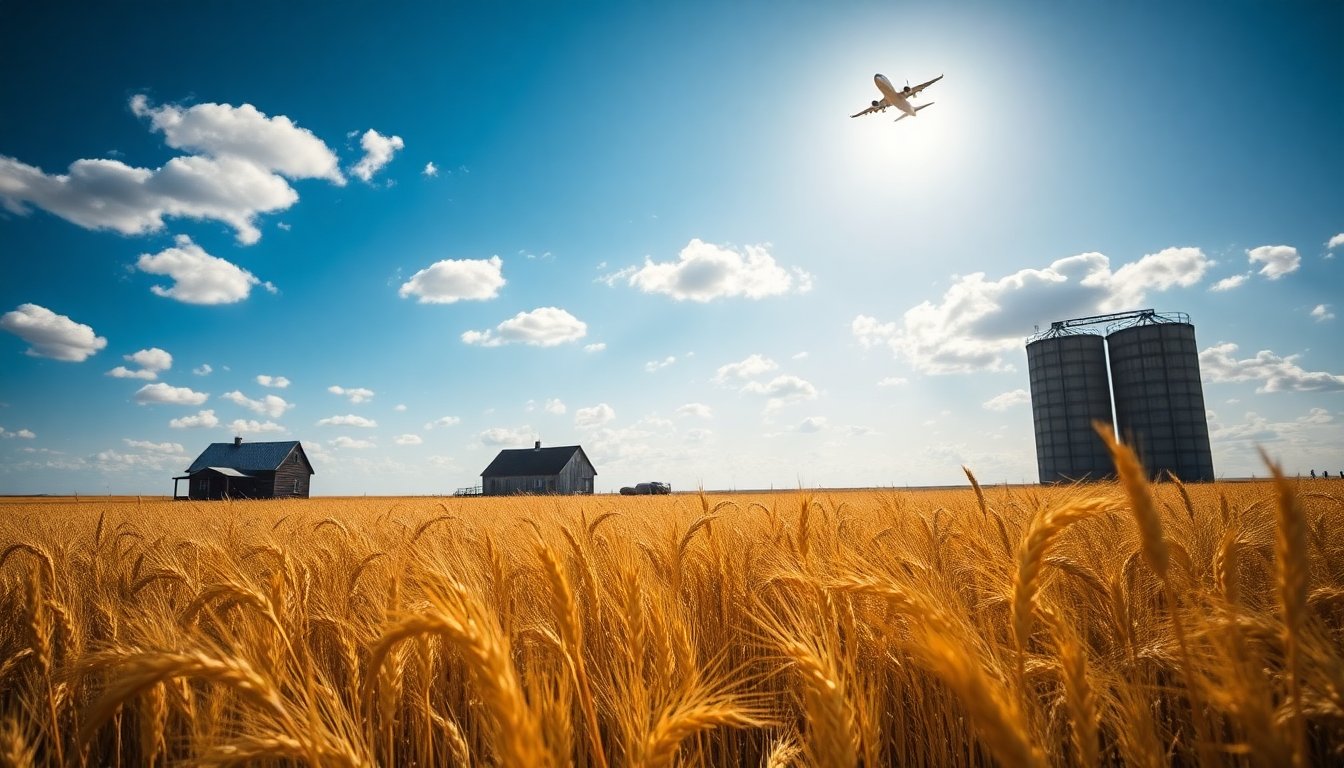Table of Contents
Saskatchewan has recently gained attention due to the re-entry of remnants from a Starlink satellite into the Earth’s atmosphere. This incident follows a similar occurrence over a year ago when debris associated with a SpaceX spacecraft landed in the province. With rising activity in low Earth orbit, experts are urging residents, especially farmers in the Saskatoon region, to remain vigilant for any fallen fragments.
As the issue of space debris becomes more prevalent, public awareness and safety measures are increasingly important. Samantha Lawler, an associate professor of astronomy at the University of Regina, has highlighted the situation, noting that the southern Prairies lie beneath a significant corridor for orbital debris due to satellite launch trajectories.
Understanding the implications of space debris
Lawler emphasized the growing importance of tracking fallen debris. “It’s getting to be more common,” she stated, encouraging communities to actively check for any debris that may have reached the ground. The southern Prairies are particularly vulnerable, situated in a dense band of space objects likely to witness re-entries.
The role of the Canadian Space Agency
The Canadian Space Agency (CSA) is monitoring the situation closely following the recent satellite re-entry. In a statement, the CSA reaffirmed its commitment to public safety and collaboration with various partners to address challenges posed by space debris. Although there have been no confirmed instances of debris landing on the ground this time, the agency remains vigilant regarding associated risks.
SpaceX, the company behind Starlink, indicated that the satellites operate at a low orbital altitude, typically below 600 kilometers. This design allows for natural deorbiting within five years due to atmospheric drag. Such safety measures aim to ensure that debris burns up upon re-entry, although not all pieces disintegrate entirely. A report from SpaceX outlines that a satellite’s design and altitude are crucial factors in its deorbiting and atmospheric re-entry.
Historical context of space debris incidents
This is not the first instance of SpaceX-related debris reported in Canada. In May of the previous year, the CSA investigated debris found on a farm northwest of Regina. Experts determined that this material was likely linked to a SpaceX mission that returned to Earth in February, which the company collected as part of its international obligations.
The issue of space debris extends beyond Canada. In March, an object fell through the roof of a residence in Florida, while a larger piece was found on farmland in Australia in 2022. Additionally, a significant fragment, weighing around 500 kg and measuring approximately 2.5 meters in diameter, was identified in a village in southern Kenya, believed to originate from a rocket.
Safety measures and public response
Despite the increasing number of space debris incidents, the likelihood of such objects causing harm on the ground remains minimal. According to the Orbital Debris Mitigation Standard Practices established in the U.S., the risk of injury from a re-entering object is maintained below a threshold of one in a thousand. However, Lawler cautioned that while individual encounters with space debris are unlikely, each re-entry presents a new risk, likening it to rolling dice, where eventually, someone could be harmed.
The Outer Space Treaty establishes the legal framework governing liabilities associated with space debris. It stipulates that nations are accountable for their space activities, whether conducted by government or private entities, and can be held liable for damages caused by their orbital debris. The CSA has reaffirmed its support for enhanced tracking and mitigation strategies to bolster safety.
If residents or farmers encounter what they suspect may be space debris, Lawler advises them to contact local authorities, such as the RCMP. Subsequently, the Outer Space Institute may conduct investigations to trace the origins of the debris. Lawler expressed a desire to better understand the implications of such findings, stating, “I would like to know if pieces are making it to the ground; it’s concerning to think of so many satellites shedding fragments.”


